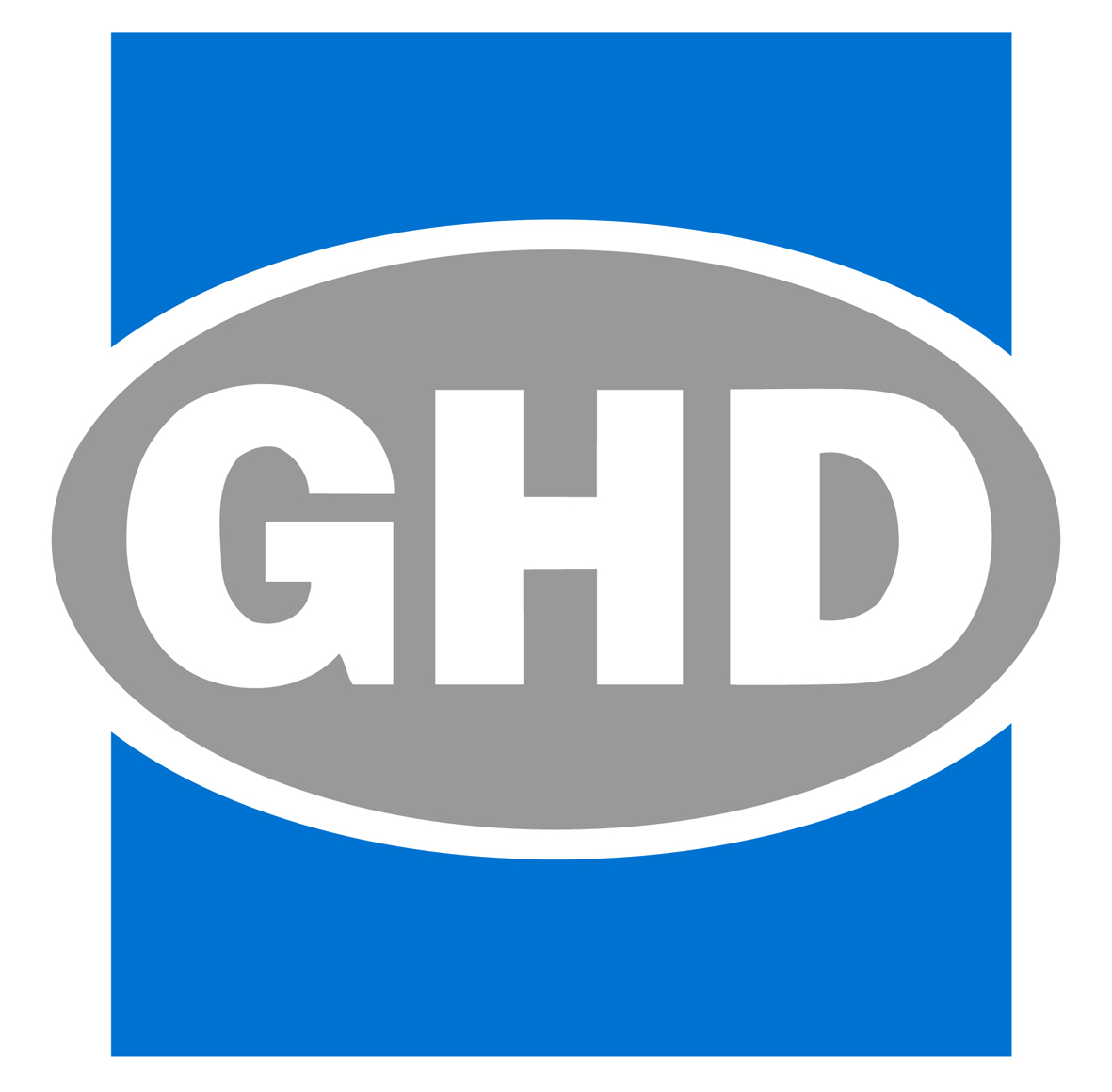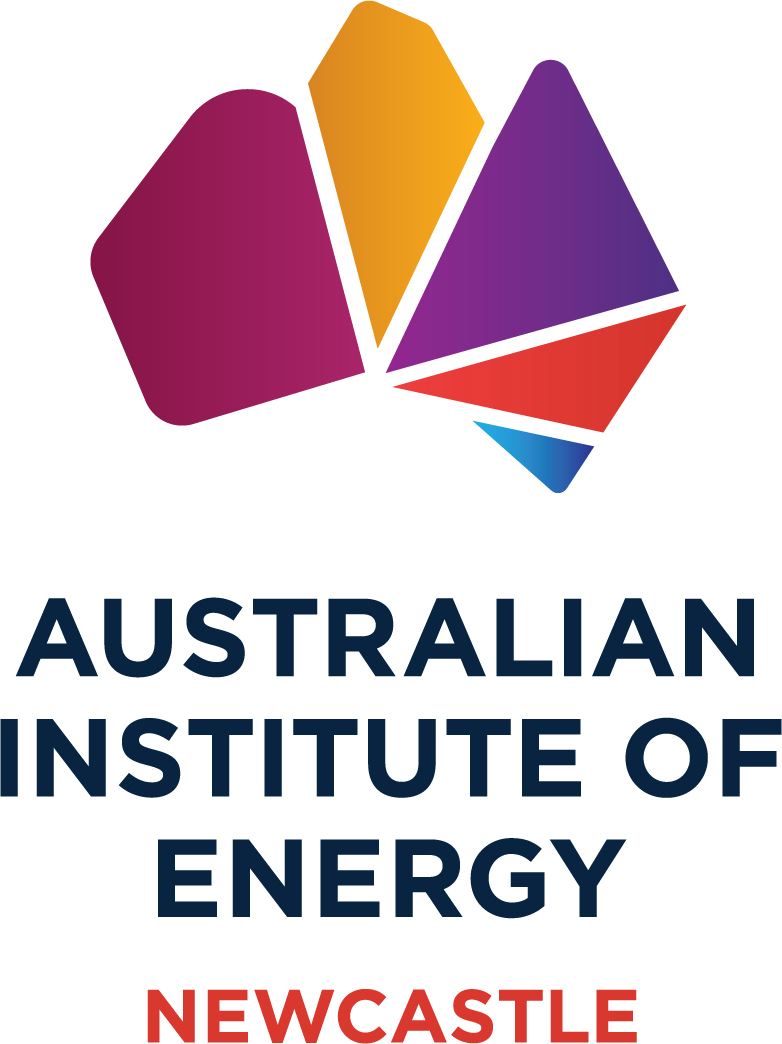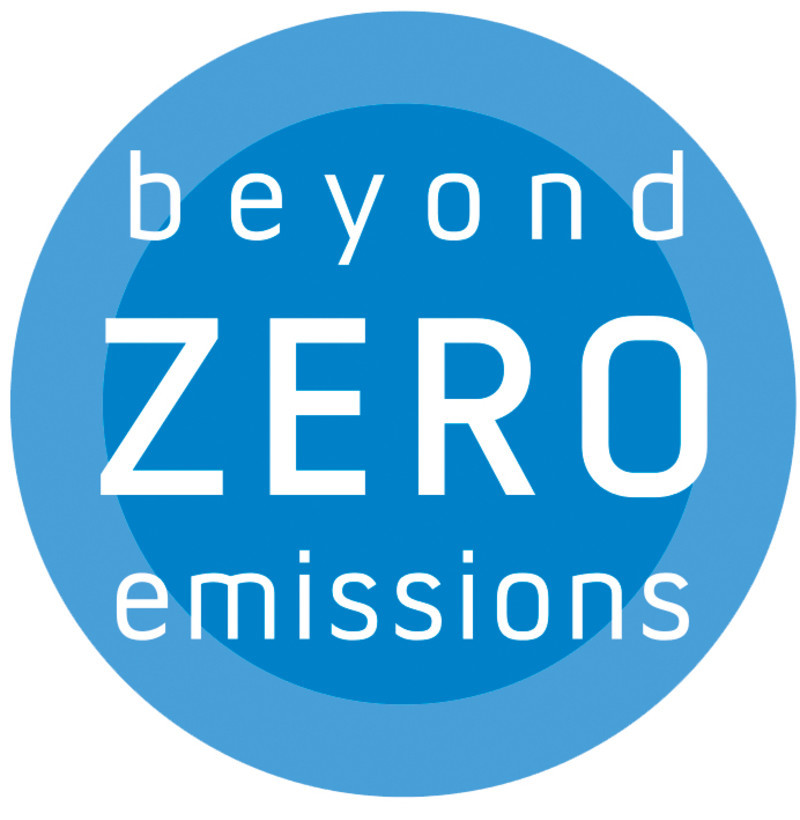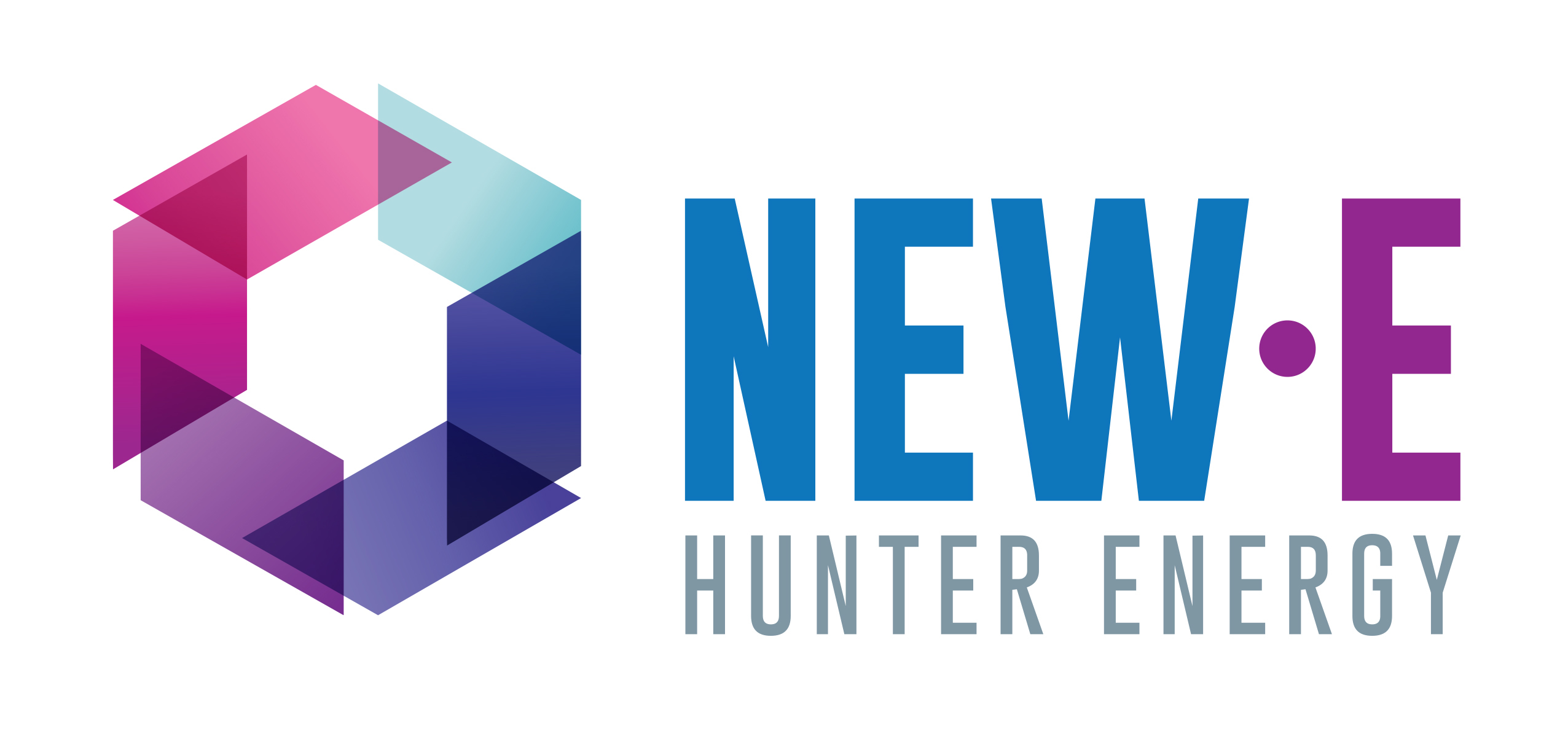AEMO's quarterly market wrap up highlights key shifts shaping Australia's energy sector
AEMO produces this report each quarter as part of its regular market monitoring and reporting activities.

The Australian Energy Market Operator’s latest quarterly report highlights falling spot gas prices, record levels of negative spot electricity prices, and a changing supply mix reflecting generator and interconnector outages in the east coast, and increased wind and rooftop solar photovoltaic (PV) generation in the west, as key market observations for the quarter.
After averaging $9-10/gigajoule (GJ) for the last year, spot gas prices fell to average $8.24/GJ over the quarter, 15% lower than Q2 2019. Overall, prices were at their lowest level since Q4 2017, with Queensland prices recording the largest falls.
Q3 2019 saw record levels of negative electricity prices in parts of the National Electricity Market (NEM). Queensland’s spot price was zero or negative 4.5% of the time, compared to 0.1% of the time in Q3 2018, with most negative intervals occurring during the daytime. In South Australia, the spot price was zero or negative 8.3% of the time, compared to 3.1% of the time in Q3 2018. Negative spot price periods in these regions coincided with high variable renewable energy (VRE) output, low operational demand, and interconnector constraints which restricted electricity exports.
Gas price reductions, coupled with negative spot electricity prices, contributed to decreased average quarterly spot electricity prices in Queensland and South Australia. Queensland’s average price of $62/megawatt hours (MWh) was its lowest since Q3 2016, while South Australia’s average of $75/MWh was its lowest since Q1 2016 (excluding Q4 2016, in which spot price outcomes were significantly affected by the South Australian black system event).
An interesting consequence of negative spot prices was that some renewable generators rebid to avoid having to pay to generate. This was a factor in comparatively high levels of VRE curtailment – approximately 4.5% of VRE output was curtailed in Q3 2019, compared to 2% in Q2 2019.
Brown coal-fired generation declined to its lowest level since the start of the NEM, due to a high number of planned and unplanned outages (most notably Loy Yang A2, which has been unavailable since May). These outages, coupled with ongoing water conservation from hydro generators due to dry conditions, contributed to Victoria’s average spot electricity price of $98/MWh being its fifth highest quarter on record. Gas-powered generators in the NEM operated at elevated levels to cover coal-fired generator outages, with quarterly average gas-powered generation reaching its highest Q3 level in five years. An unplanned outage on the Basslink Interconnector between 24 August 2019 and 29 September 2019 contributed to reduced Tasmanian hydro generation, as well as comparatively high NEM-wide Frequency Control Ancillary Services demand and costs.
A new Q3 Western Australia Wholesale Electricity Market (WEM) minimum demand record was set at 1130 hrs on Sunday, 29 September 2019, when average operational demand was 1,176 megawatts (MW), only 3 MW above the WEM’s record low operational demand experienced on 15 October 2006. At the time, output from rooftop PV was approximately 971 MW, fulfilling 45% of underlying demand. AEMO estimates that between end Q3 2018 and end Q3 2019, an additional 215 MW of rooftop PV capacity was installed in the South West Interconnected System (SWIS).














